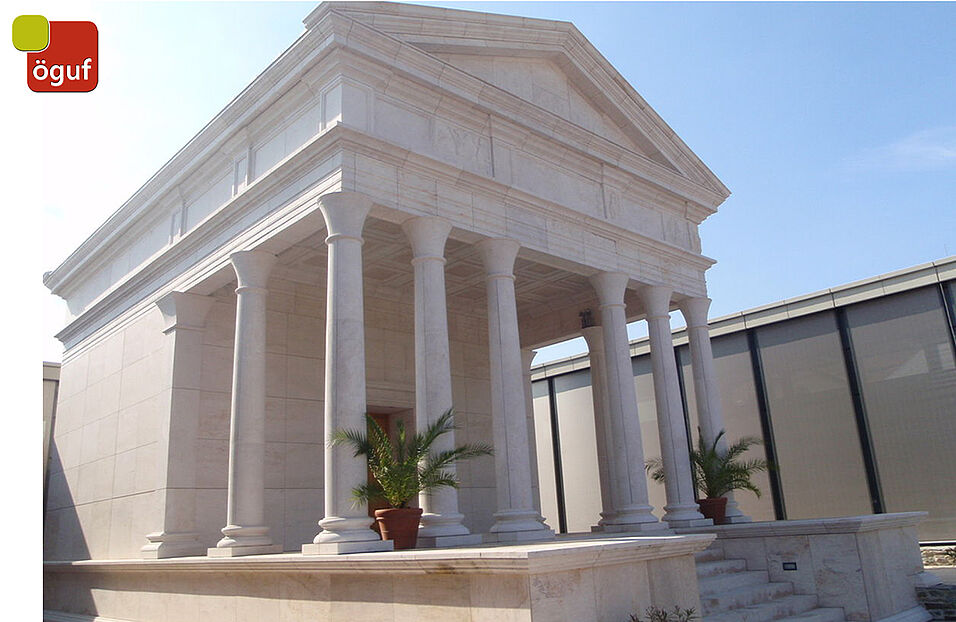Exkursion des AK Römische Kaiserzeit zum Iseum Savariense
Régészeti Műhely és Tárház
Programm: Samstag, 25. 6. 2022 Museum "Iseum Savariense" in Szombathely
(Ungarn); Kosten für Eintritt: max. 4 Euro (je nach Personengruppe);
Führung von Szilvia Bíró: 11:30 Uhr; Zusätzliche Info: Am Abend findet in
Szombathely die Lange Nacht der Museen statt (nicht Teil des offiziellen
Programms der Exkursion)
Anfahrt: Zugverbindung 08:23 ab Wien Hbf. bzw. Anreise mit dem eigenen
Auto/Fahrgemeinschaft (Austausch auf der Seite der FB-Veranstaltung) ist
natürlich auch möglich.
Treffpunkt: 25. 6. 2022, pünktlich um 11:15 Uhr, vor dem Iseum Savariense
(Rákóczi Ferenc u. 6-8, 9700 Szombathely, Ungarn)
Anmeldung: Bis 21. 6. an ak-roemische-kaiserzeit@oeguf.ac.at mit dem
Betreff "Exkursion Savaria"
Bei Fragen bitte an ak-roemische-kaiserzeit@oeguf.ac.at oder per Messenger
auf Facebook melden

